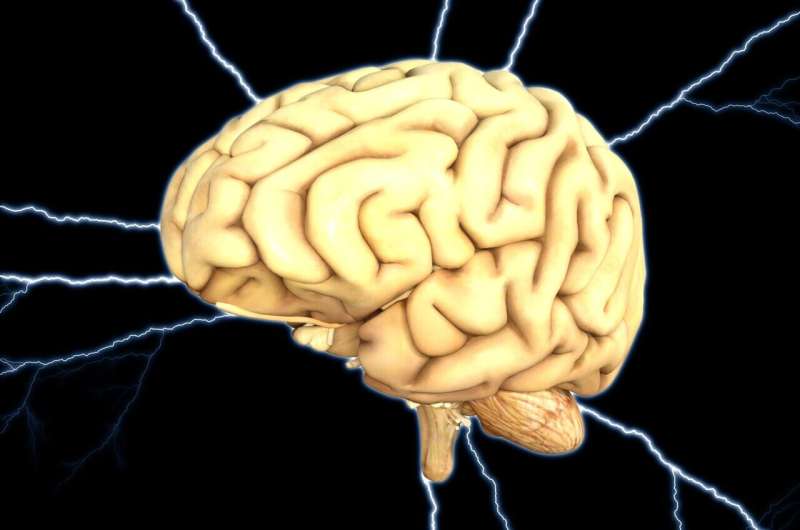How Gene Rearrangements Fuel the Progression of Kidney Cancer

New research reveals how gene rearrangements lead to the formation of fusion proteins that drive kidney cancer progression through liquid droplet condensates, opening potential new therapeutic avenues.
Scientists have uncovered new insights into how specific gene rearrangements contribute to the development and progression of a rare form of kidney cancer. Led by researchers from Johns Hopkins University, the study focuses on fusion genes—abnormal combinations of genetic material—that result from chromosomal rearrangements. These fusion genes produce fusion proteins capable of forming tiny liquid-like droplets inside cells, known as condensates. These condensates are critical to the cancer’s behavior because they serve as hubs where regulatory molecules and gene activation processes occur.
In this research, the team demonstrated that these fusion proteins, particularly those involving the TFE3 gene, generate liquid droplets within the nucleus—the cell's control center where DNA resides. These droplets contain proteins associated with active gene expression, indicating that the fusion proteins play a direct role in turning on genes that promote cancer growth and spread. Disrupting the formation of these condensates prevents the activation of such cancer-promoting genes, suggesting that targeting these structures could open new avenues for therapy.
The study further revealed that TFE3 fusion proteins specifically interact with DNA, altering chromatin—the complex structure that packages DNA—by making chemical modifications that regulate gene activity. These modifications essentially reprogram the cell’s genetic landscape, switching on genes involved in proliferation and metastasis.
Importantly, the researchers pinpointed a particular segment within the fusion proteins—an area responsible for the formation of liquid droplets—as a potential target. Removing this segment hindered droplet formation and gene activation, indicating that these structural features are vital for the fusion proteins’ cancer-driving functions.
This groundbreaking work highlights the role of fusion protein condensates in cancer progression and suggests that small molecules or drugs that interfere with these liquid structures could serve as innovative treatments for this challenging disease. The findings also have broader implications, as similar mechanisms may be involved in other fusion gene-driven cancers like Ewing sarcoma and leukemia.
The study emphasizes that understanding the molecular behavior of fusion proteins can benefit the development of targeted therapies, offering hope for patients with cancers currently lacking effective treatments.
Source: Medical Xpress
Stay Updated with Mia's Feed
Get the latest health & wellness insights delivered straight to your inbox.
Related Articles
The United States' Preparedness for Its Aging Population: Insights from Recent Research
Recent research reveals significant disparities in access to vital services for America's aging population and emphasizes the urgent need for infrastructure and policy improvements to meet future demands.
Innovative AI System Improves Accuracy in Flu Vaccine Strain Selection
A groundbreaking AI system developed at MIT is transforming flu vaccine strain prediction, enabling more accurate and timely vaccine formulation to combat rapidly evolving influenza viruses.
Early Diagnosis and MRI Treatment Improve Wrist Injury Outcomes, Study Finds
A new study highlights the importance of early MRI scans for wrist injury diagnosis, enabling faster treatment and better patient outcomes in the UK’s NHS system.
Innovative Computational Approach Identifies New Targets for Alzheimer's Disease Treatment
MIT researchers have used data integration and network algorithms to identify new cellular pathways and genes involved in Alzheimer's disease, opening doors to novel therapeutic targets.



